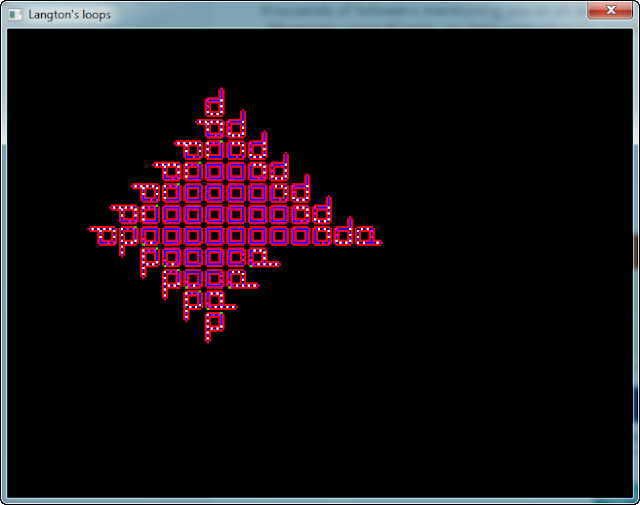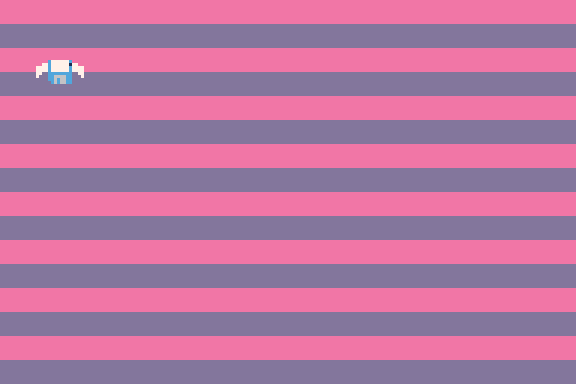Random "work in progress" shots
category: general [glöplog]
Quote:
When Silence Dims The Stars Above - Breakdown Reel
Awesome! Thanks for this.
Thanks zoom, very inspiring!

unused / test char art for NEOTOKYO
The lighthouse is really nice




old fx i rework on
fake offsetmapper (only this chessboard is alowed)
This is a video I made of this intro I wrote for the ohio linux fest's reg desk some years ago. I wrote it on a jetson tk1 dev board. Unfortunately I broke my board a few years later. It's two fragment shaders mixed with a tux vbo and some scrolling text in textures.
https://www.youtube.com/watch?v=7v2idws3Usg
https://www.youtube.com/watch?v=7v2idws3Usg




Porting Eye of the Beholder to c64: https://youtu.be/dvWrimZUk40

The C=64-Beholder looks awesome already! :)
But how comes the video looks like you are moving the arrow with a mouse? Do you use a mouse with your C=64?
But how comes the video looks like you are moving the arrow with a mouse? Do you use a mouse with your C=64?
Quote:
Thanks. Yes, a Commodore 1351 mouse.The C=64-Beholder looks awesome already! :)
But how comes the video looks like you are moving the arrow with a mouse? Do you use a mouse with your C=64?
cloud scene from wander: https://www.behance.net/gallery/66923837/Wander-Clouds
Smash: very nice! Is the cloud rendering in Alive Here Now, Forever based on the same algorithm (obviously not Notch-based)?
If only smash could answer that. Fizzer coded that one.
they're pretty different. fizzer can describe how his works in more detail, but the one in wander uses deep shadow maps for the lighting.
for the actual volume raymarch i used a system of spans: do a rough march at reduced resolution along the ray and find regions where the ray crosses in/out of the cloud, and store an array of spans for the ranges where it entered to where it exited. then refine those areas in terms of resolution and steps. this allows the spans to be processed efficiently across wavefronts and load balance - much better than the obvious, slow and stupid way of just "marching the ray, accumulating all the points inside the volume". the deep shadow map is generated using the same scheme.
for the actual volume raymarch i used a system of spans: do a rough march at reduced resolution along the ray and find regions where the ray crosses in/out of the cloud, and store an array of spans for the ranges where it entered to where it exited. then refine those areas in terms of resolution and steps. this allows the spans to be processed efficiently across wavefronts and load balance - much better than the obvious, slow and stupid way of just "marching the ray, accumulating all the points inside the volume". the deep shadow map is generated using the same scheme.

Metaballs on an FPGA Artix 7, programmed in Verilog with some fixed point math. Tiling is a problem though. VGA signal isn't timed quite right.

And a video here
Since forever, I have been working on my own wz clone, but over the years it has turned into something else.

first try to make something



